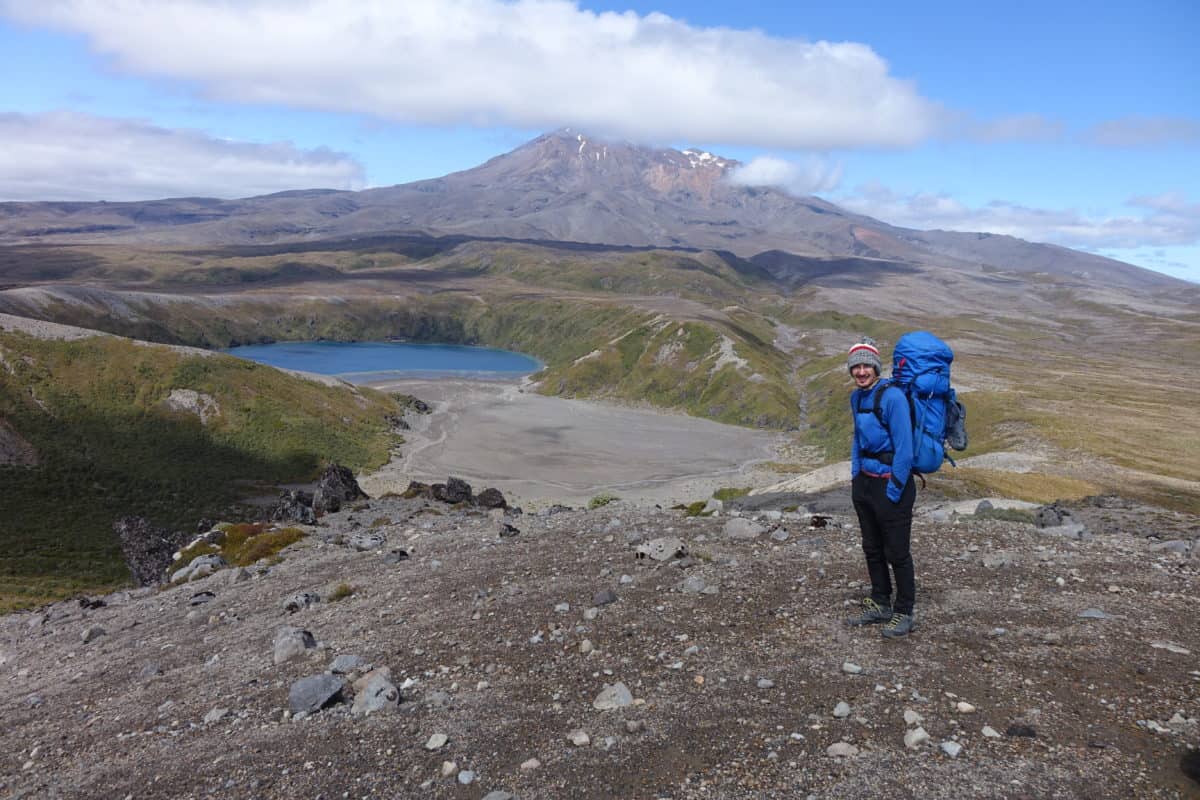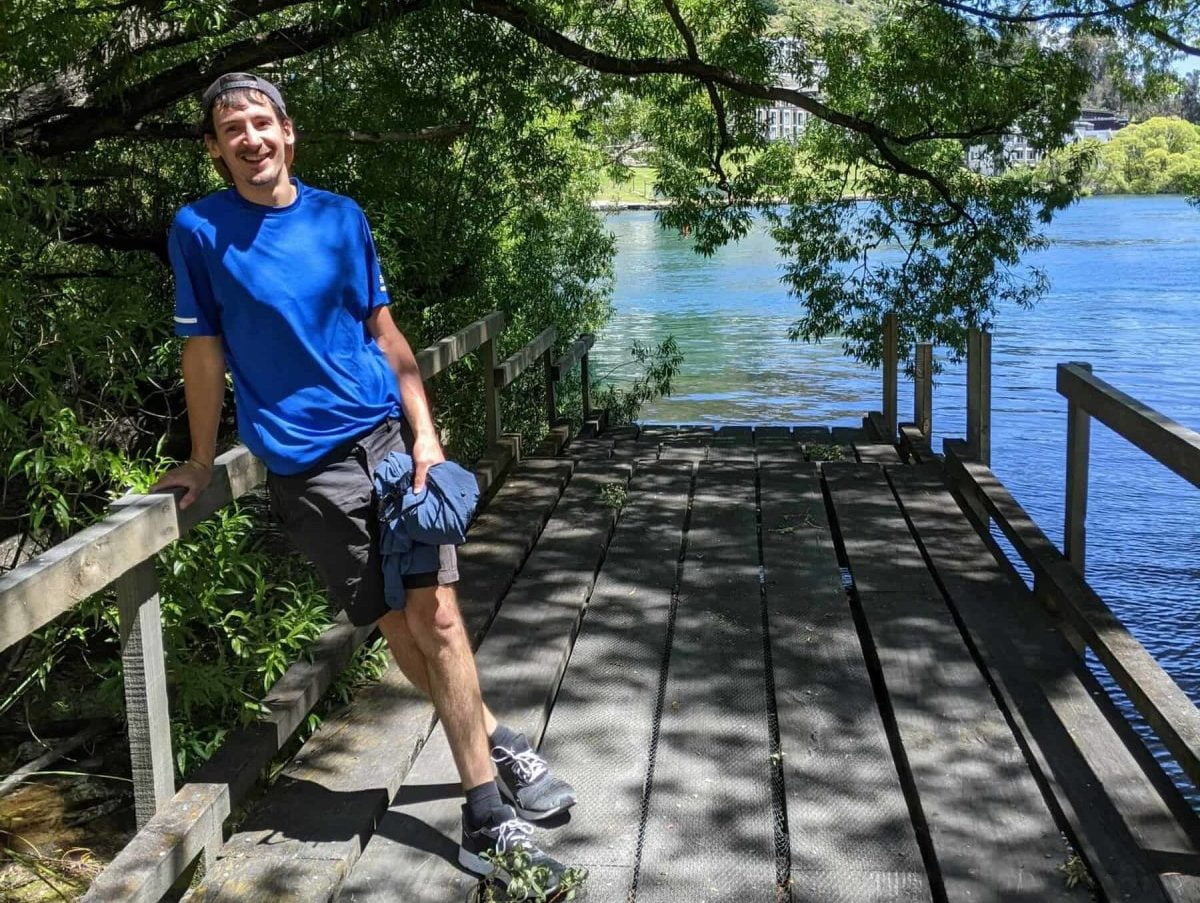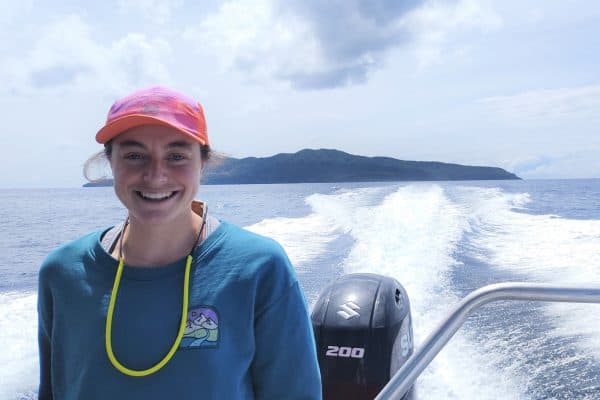Post-glacial lava flows at Ruapehu
I was born and raised in Argentinian Patagonia and I grew up deeply connected to its landscapes of clear rivers, deep lakes and vast mountains. After finishing high school, I moved to Buenos Aires, where I maintained my connection with mountains through studying geology. During that time, I took particular interest in natural hazards and their impact on society. I completed my studies in late 2018 and a week later, I was on a plane to Aotearoa, after years of dreaming of its pristine landscape.
After a year of picking grapes and washing dishes, my playtime was coming to an end. Lit by the spark of curiosity, I started knocking on doors, which led me to my current supervisor, Ben Kennedy. He told me about a PhD project to study lava flows at Ruapehu and offered me the position, which I accepted without a second thought. I started my PhD at the University of Canterbury in November 2020, and I’m in the core of it now!
When I am not thinking about lava, I like to climb, hike, bike, play the guitar and bake bread (and pizza)!
My Project

Ruapehu is the largest volcano in New Zealand, and has produced a wide diversity of deposits throughout its life. Since the last glacial maximum, big quantities of magma has been erupted in the form of lava flows, which partially filled the valleys and covered the slopes of the volcano. However, we do not have precise knowledge on the timing of these effusive eruptions and their time-relationship with explosive eruptions.
With my research, I will aim to answer:
- What time gap were different lava flows erupted in?
- Was it common for Ruapehu to erupt effusively and explosively at the same time during the last 20 thousand years?
To answer these questions, I will apply high-resolution dating methods not widely applied for volcanic rocks (surface exposure dating using cosmogenic nuclei and paleomagnetism), and analyse the geochemical composition of the volcanic deposits and LiDAR data of the volcano’s surface.
Understanding Ruapehu’s behaviour in the past will allow us to make better predictions about future eruptions and increase our resilience to volcanic hazards, specifically lava flow-forming eruptions.
Next Steps
I am working towards obtaining eruption ages for many of Ruapehu’s ‘young’ lava flows, which will allow us to know how the activity of the volcano has varied over the last 20,000 years. My research will be the first to combine surface exposure dating and paleomagnetism as high-resolution dating methods for volcanic deposits in New Zealand, and could set the groundwork for their application in further research in the country.




